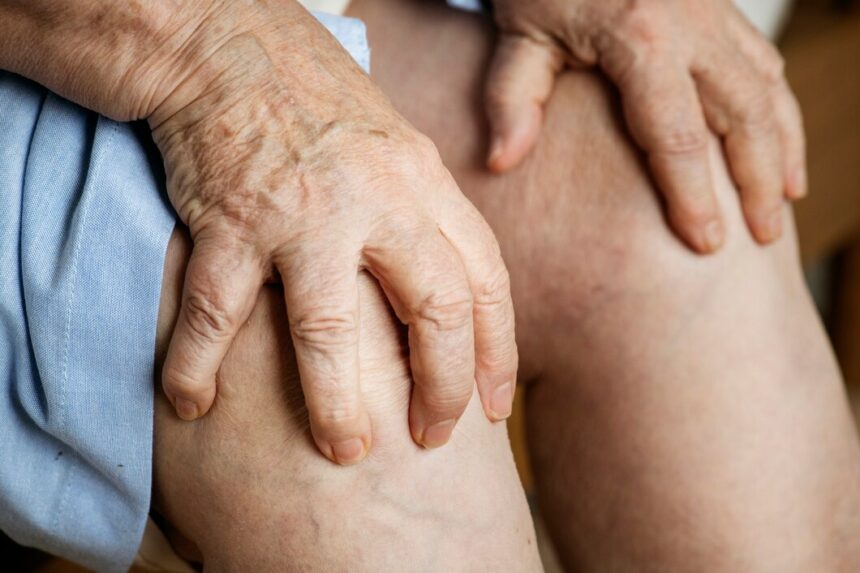Gout is a type of inflammatory arthritis characterized by sudden, severe pain, redness, and swelling in the joints. It often affects the big toe but can involve other joints as well. This condition arises from an excess of uric acid in the blood, leading to the formation of urate crystals in the joints.
Symptoms of Gout
- Intense Pain: Gout attacks are known for their sudden onset of severe pain. The pain typically begins at night and can be excruciating, often described as a throbbing or crushing sensation. The big toe is most commonly affected, but other joints like the ankles, knees, elbows, and wrists can also be involved.
- Redness and Swelling: The affected joint usually becomes red, swollen, and warm to the touch. The skin over the joint might appear shiny.
- Limited Range of Motion: During an attack, the inflamed joint may become stiff and difficult to move, affecting daily activities.
- Tophi: In chronic cases of gout, lumps called tophi can develop under the skin around joints. These are deposits of urate crystals and can become swollen and tender.
Causes of Gout
- Uric Acid Build-up: Gout is primarily caused by hyperuricemia, a condition in which there is too much uric acid in the blood. Uric acid is a byproduct of the breakdown of purines, substances found in certain foods and produced by the body.
- Diet: Foods high in purines, such as red meat, organ meats, and certain seafood, can contribute to elevated uric acid levels. Alcohol, especially beer, and sugary drinks with high fructose corn syrup also increase uric acid levels.
- Genetics: A family history of gout can increase the risk, suggesting a genetic predisposition to the condition.
- Medical Conditions: Certain conditions, such as obesity, high blood pressure, diabetes, and kidney disease, can affect the body’s ability to process uric acid effectively.
- Medications: Some medications, including diuretics used for high blood pressure, can increase uric acid levels.
Treatments for Gout
- Medications: Treatment often involves medications to manage pain and inflammation. Nonsteroidal anti-inflammatory drugs (NSAIDs) like ibuprofen or naproxen can help alleviate pain and swelling. Colchicine is another medication specifically used to reduce gout symptoms. In more severe cases, corticosteroids might be prescribed.
- Uric Acid-Lowering Drugs: To prevent future attacks and reduce uric acid levels, medications such as allopurinol or febuxostat may be prescribed. These drugs help decrease uric acid production or increase its excretion.
- Lifestyle Modifications: Dietary changes are crucial in managing gout. Reducing intake of purine-rich foods, limiting alcohol consumption, and avoiding sugary beverages can help manage uric acid levels. Staying hydrated by drinking plenty of water is also beneficial.
- Weight Management: Maintaining a healthy weight can reduce the risk of gout attacks and improve overall health. Regular exercise and a balanced diet contribute to weight management.
- Joint Care: During a gout attack, resting the affected joint and applying ice can help reduce pain and swelling. Elevating the joint and avoiding stress on it can also be beneficial.
Gout can be a debilitating condition, but with proper management and treatment, symptoms can be controlled and future attacks can be prevented. If you suspect you have gout or are experiencing symptoms, consulting with a healthcare provider is essential for an accurate diagnosis and appropriate treatment plan. Managing lifestyle factors and adhering to medical advice can significantly improve quality of life for those affected by gout.










